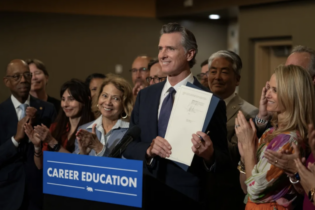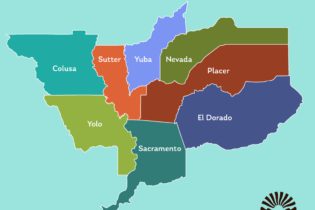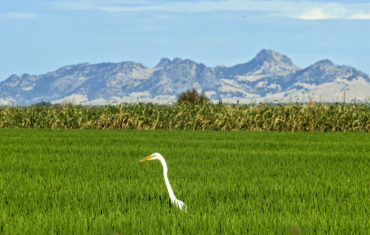Advocating to Secure Unprecedented Federal Resources (Cap-to-Cap 2024)
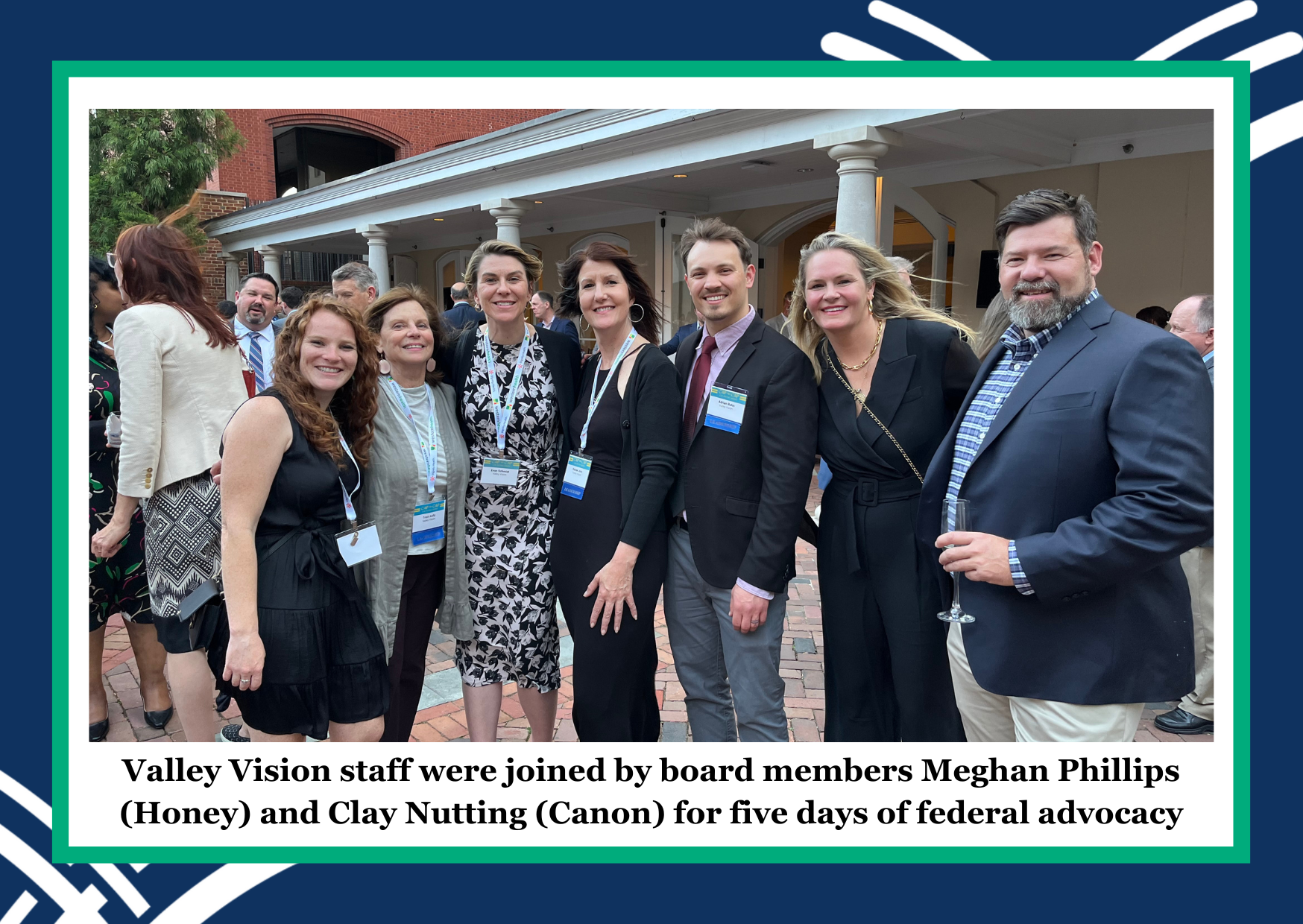
Right now is a critical time to engage with the federal government.
Once-in-a-generation resources are available for the “big play” investments that our region needs to grow and thrive. Valley Vision has a long history of participating in the Sacramento Metro Chamber’s Capitol-to-Capitol program, which serves as our region’s premier federal advocacy opportunity each year. This program provides opportunities to meet with the Sacramento Region’s federal legislators and encourages participants to meet with federal agencies, many of whom oversee competitive funding programs.
This year’s 52nd annual“Cap-to-Cap” was the largest on record, with 425 leaders participating. Valley Vision staff led and supported many of the topic-based teams and, in keeping with tradition, have documented their experiences below.
Clean Air & Climate by Adrian Rehn
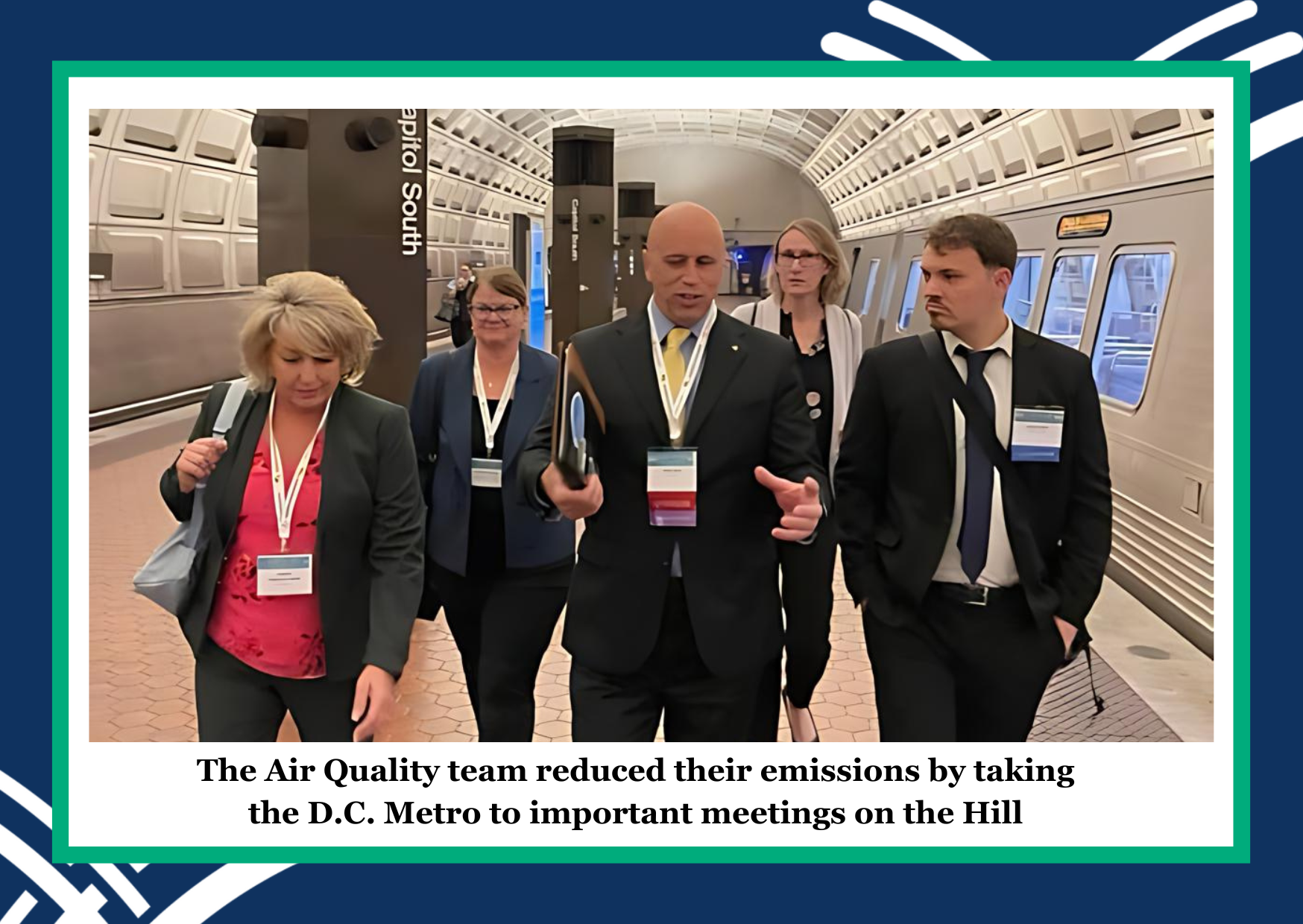
The Cleaner Air Partnership, which Valley Vision staffs, staffs two of the thirteen policy-focused “teams” focused on (1) air quality and (2) wildfire. This year, our teams elevated funding for a comprehensive suite of air quality strategies as part of the Climate Pollution Reduction Grant program, climate projects of regional significance, and technical but extremely important policy fixes like letting air districts “write off” smoke from preventative prescribed fire instead of getting dinged by U.S. EPA. We are in the process of following up on these important “Asks” and look forward to continued engagement throughout the year as we continue to work toward cleaner air for all.
Workforce Development & Education by Renee John
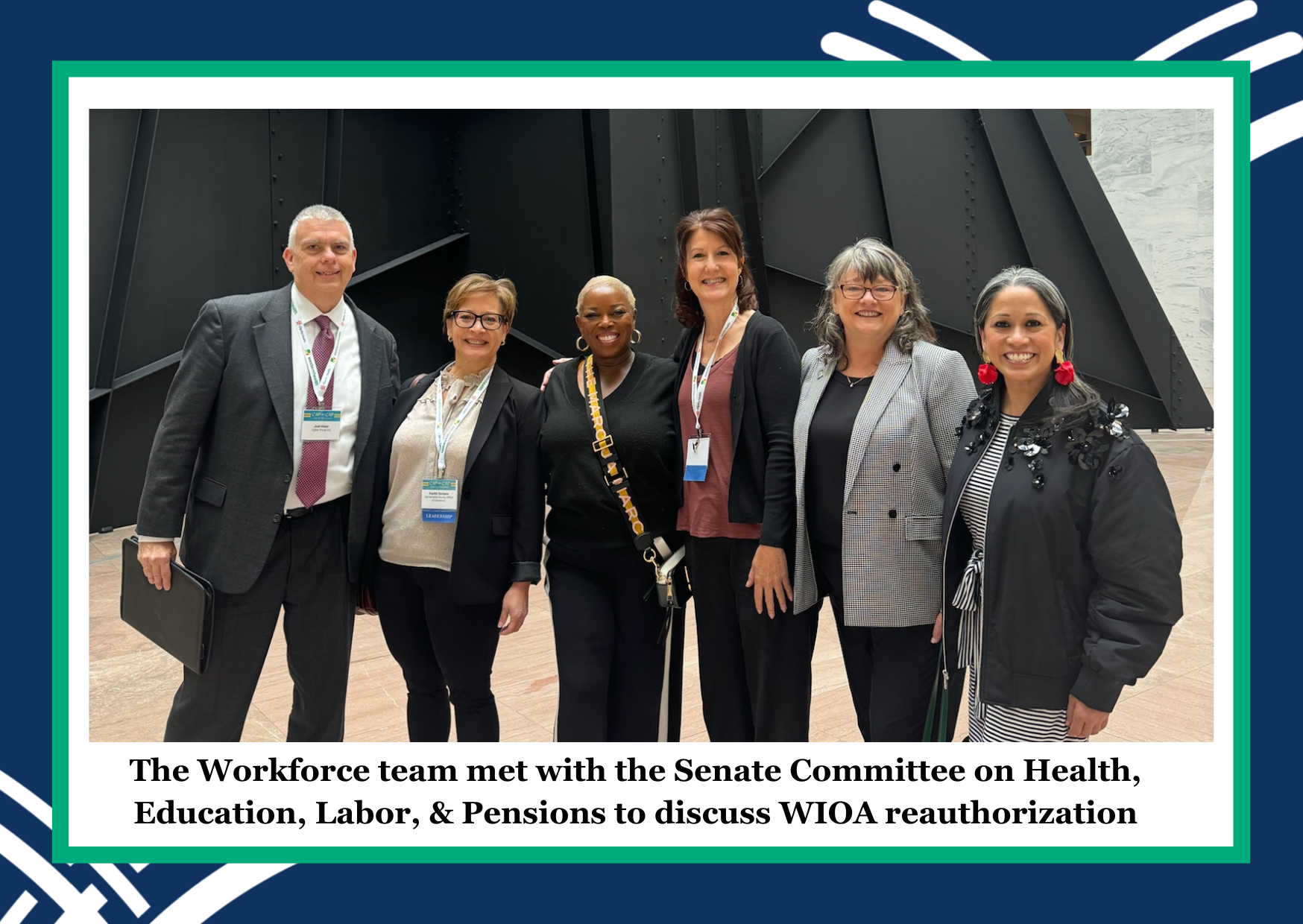
During my third in-person year at Cap to Cap, I co-led the team representing workforce and education. Our team advocated for the reauthorization and modernization of key acts including WIOA, the National Apprenticeship Act (NAA) and the Preparing and Resourcing Our Students and Teachers Act (PROSPECT), as well as expansion of Pell Grant eligibility and Perkins grant funds for vocational and technical education. Our team was co-led by Xanthi Soriano from SCOE and Ejiro Okoro from United Way California Capital Region, and included over 40 individuals from workforce and education institutions including preK-12, higher education, nonprofits, and elected officials.
This year, as in prior years, myself and team members had the opportunity to speak with folks shaping legislation that governs our ability to invest effectively in upskilling our region’s workforce. WIOA has been passed out of the House of Representatives and is currently in the Senate for markup. The Senate HELP Committee is currently creating its own version of the bill. While workforce legislation is generally bipartisan, different opinions on key provisions are common. Our goal was to share stories from the field to illustrate how vital federal funding is to our workforce and education efforts, highlight the key investments California is making, and encourage the federal government to work with haste to streamline and invest effectively in initiatives to ensure our businesses have the talent they need with the ability to pay living wages.
Impacting federal legislation can seem far removed from the daily work we all do. However, my experience has been that folks in Washington D.C. are interested to hear what is working well and what could be improved from partners implementing programs in their cities and regions.
Economic Development by Evan Schmidt
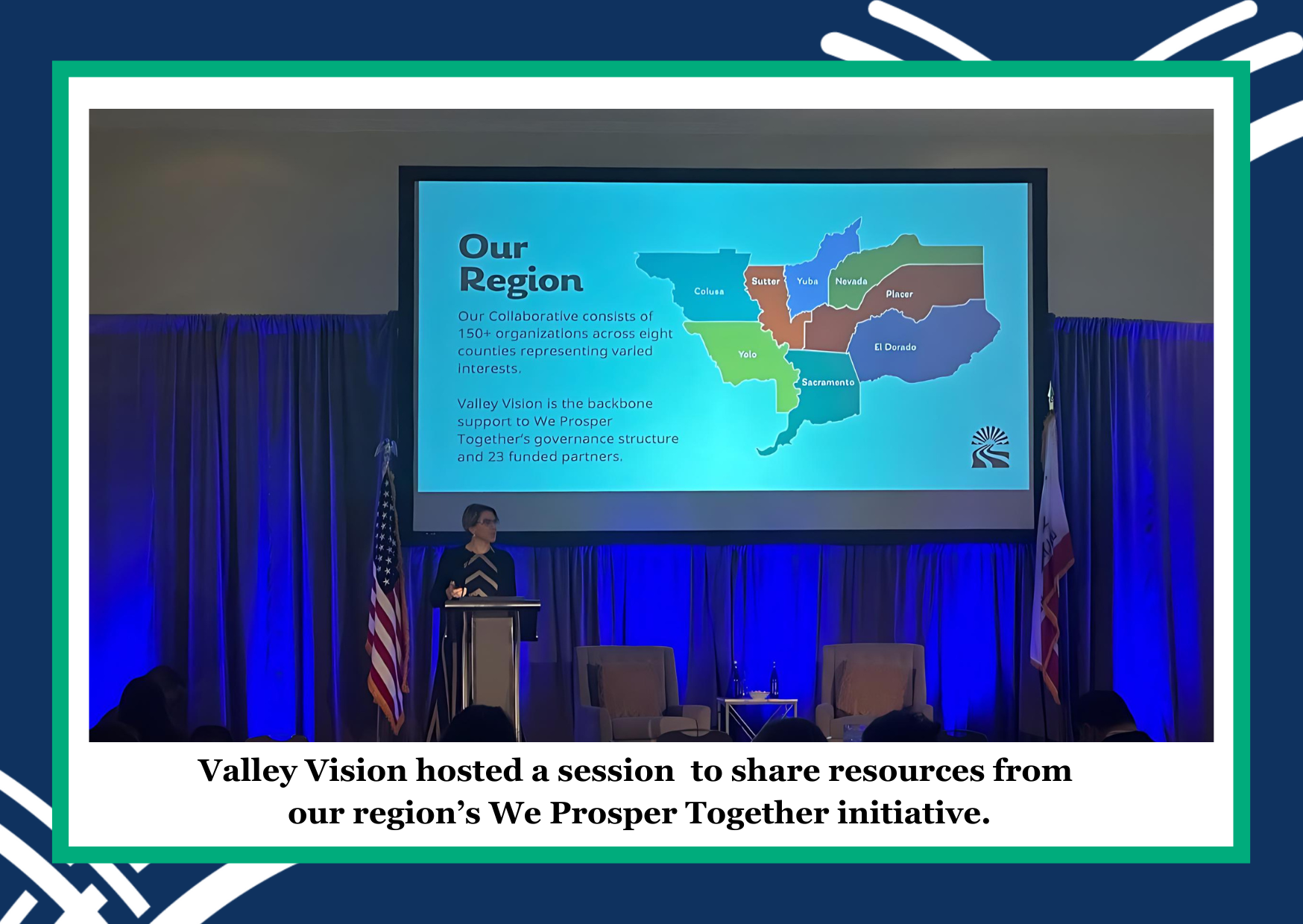
The Economic Development team took the opportunity at Cap-to-Cap to share and advocate for our key regional economic growth priorities and drew connections from the California Jobs First (formerly CERF) regional We Prosper Together initiative. Investing in and advancing the California Mobility Center and clean mobility innovations; advancing job creation and infrastructure around precision manufacturing; supporting our agricultural and life sciences assets including Aggie Square and ag innovation coming out of UC Davis and beyond; and supporting the supply chain and economic activity surrounding our region’s working lands were key priorities carried by the team.
We were able to meet with our regional representatives as well as key federal contacts at the National Science Foundation, Economic Development Administration, Small Business Administration, and US Department of Commerce, CHIPS for America. These meetings create opportunities for our region to identify investment opportunities with key federal contacts, communicate our region’s value proposition and needs, and build cohesion among regional stakeholders.
Valley Vision was also pleased to host a session for all delegates with our partners at the Brookings Institution to share data resources that have been compiled and analyzed for our region in the last nine months as part of the We Prosper Together initiative. Brookings researchers reinforced the importance of our key industry sectors and shared analytics about our region’s economic and innovation landscape. Explore the data and read the Executive Summary here.
Food and Agriculture by Grace Kaufman
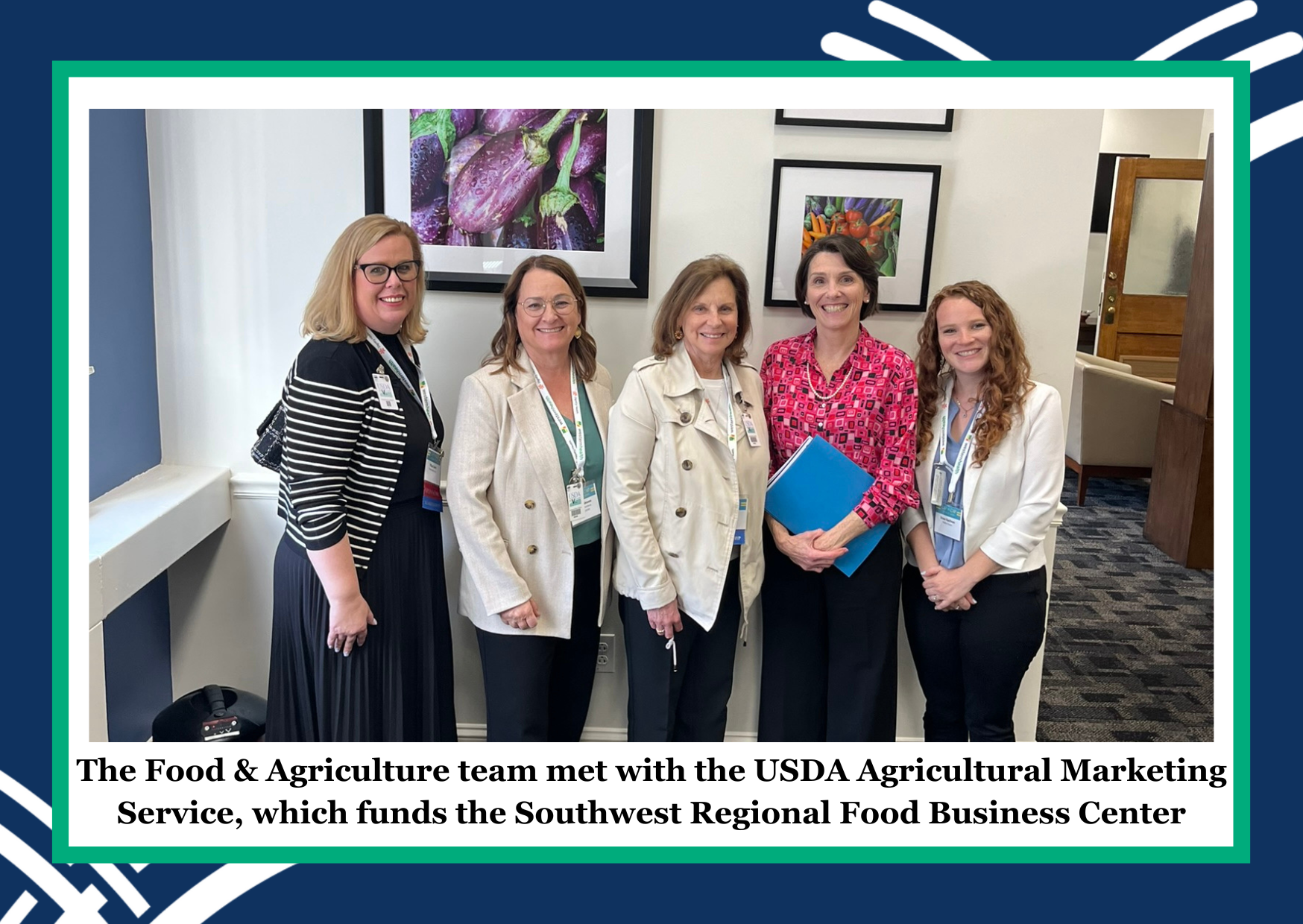
How can we leverage funding across multiple departments in USDA to provide more resources for infrastructure that supports small and mid-size food businesses? How can we improve food and nutrition insecurity while also supporting the region’s local farms and restaurants? Those were some of the questions the food and agriculture team asked our representatives and federal agencies during the 2024 Cap-to-Cap program.
The food and agriculture team met with staff from three separate USDA departments. These meetings helped the team better understand and connect USDA opportunities to support the Sacramento Region’s food and farm businesses. This was particularly helpful for Valley Vision, as we support coordination and communication for the new USDA Southwest Regional Food Business Center, one of a network of 12 Centers across the country that provides resources and technical assistance to underinvested farmers and food producers.
This year was my second year attending the program, and I look forward to attending next year to advocate for the Sacramento Region and the Southwest Regional Food Business Center. In the meantime, Valley Vision will continue to work with partners to build a food and agriculture system that is resilient, innovative, sustainable, and equitable.
Food and Agriculture and Economic Development by Trish Kelly
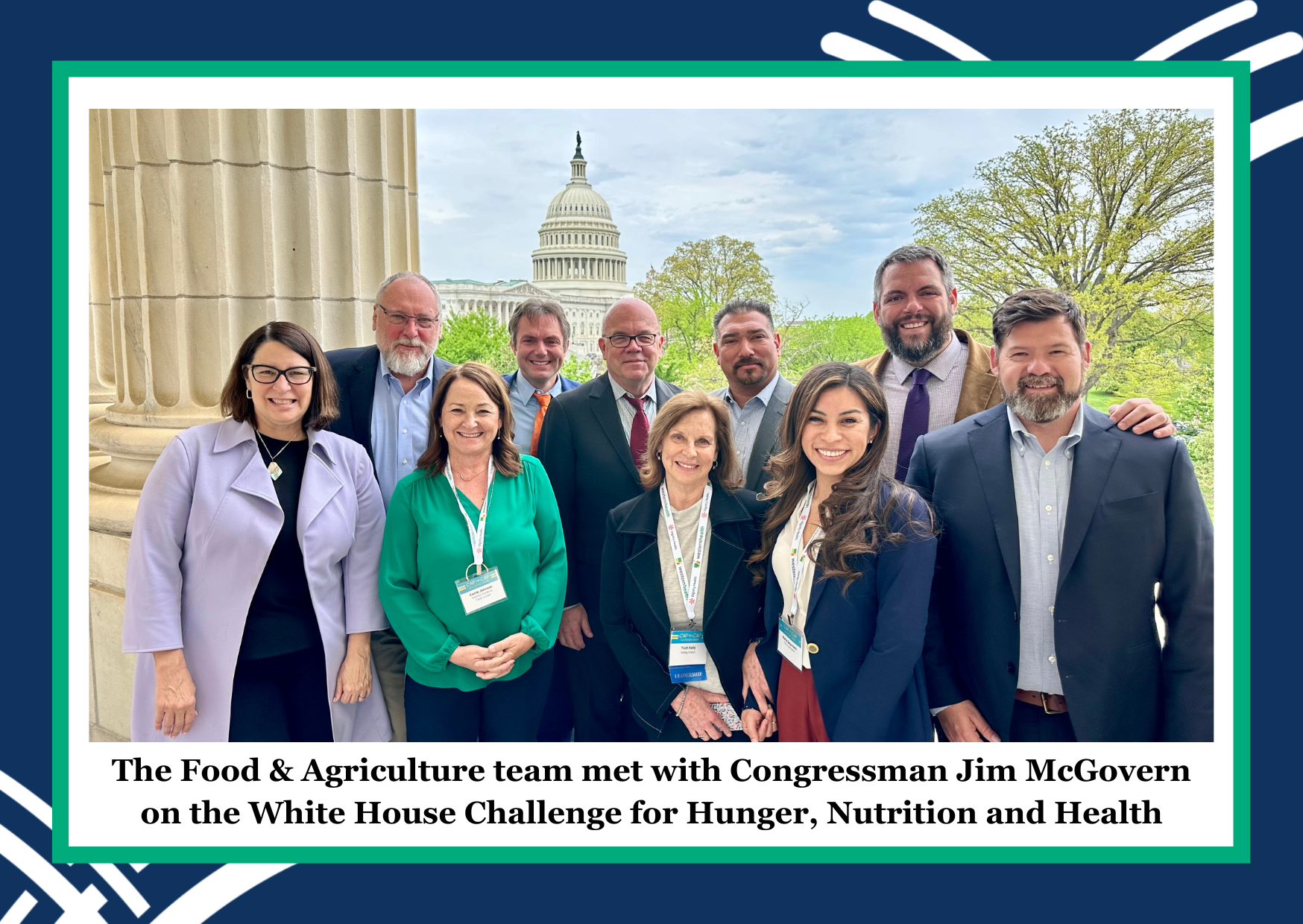
I co-lead the Food and Agriculture team and support the Economic Development team. Our priorities centered on the passage of the 2023 Farm Bill as well as overall food system resiliency. These two areas encompass such important issues as hunger and nutrition security, food is medicine, agricultural viability, institutional procurement (farm to school and farm to hospital), broadband connectivity, and food economy projects. The region is well positioned as an innovation leader in all these areas and we focus on telling our story and raising awareness of the region nationally, as well as on specific asks, such as removing barriers to healthy food access and fully funding the Farm Bill (which is passed every 5 years, but has been rolled over to 2024).
Our team includes a great cross-section of our food and agriculture ecosystem – nonprofits including food banks, farmers, local governments including elected officials (mayors, council members and supervisors), chefs both from restaurants and UC Davis Health, UC Davis main campus, University of California Agriculture and Natural Resources (UC ANR), and businesses.
This is my tenth year participating in Cap-to-Cap and I have seen its strength and impact grow over this time. We’re really built this team from a small and mighty core to a diverse and energized group of leaders, backed up by supporters at home. I look forward to this trip every year as the opportunity to meet with staff and leaders in Congress, including not only our delegation but the staff at key food and ag committees, at the federal agencies, and with organizations such as the American Farm Bureau Federation, national food policy and advocacy organizations and the Brookings Institution.
Two key highlights for me were meetings with Kelliann Blazek, the White House Agriculture and Rural Policy Advisor, and Congressman Jim McGovern, on the White House Challenge for Hunger, Nutrition and Health, and food is medicine legislation. They are inspiring leaders working to end hunger and improve health. But overall, our meetings with our local congressional leaders, USDA, EDA and SBA (the latter two through economic development) were so valuable in learning about new resources, better understanding the opportunities and challenges of the current legislative term, and gaining support for the region.
We’re proud to be part of the largest delegation that comes to DC on a community-focused mission. Since our trip, we have already had a follow-up on a few key priorities, and we feel our team has returned strengthened and committed to carrying the good work forward for the region. We appreciate the opportunity through Cap-to-Cap to engage with local leaders and champions in DC, which carries over into our work at home. We encourage anyone who wants to engage in these issues to stay in touch!
